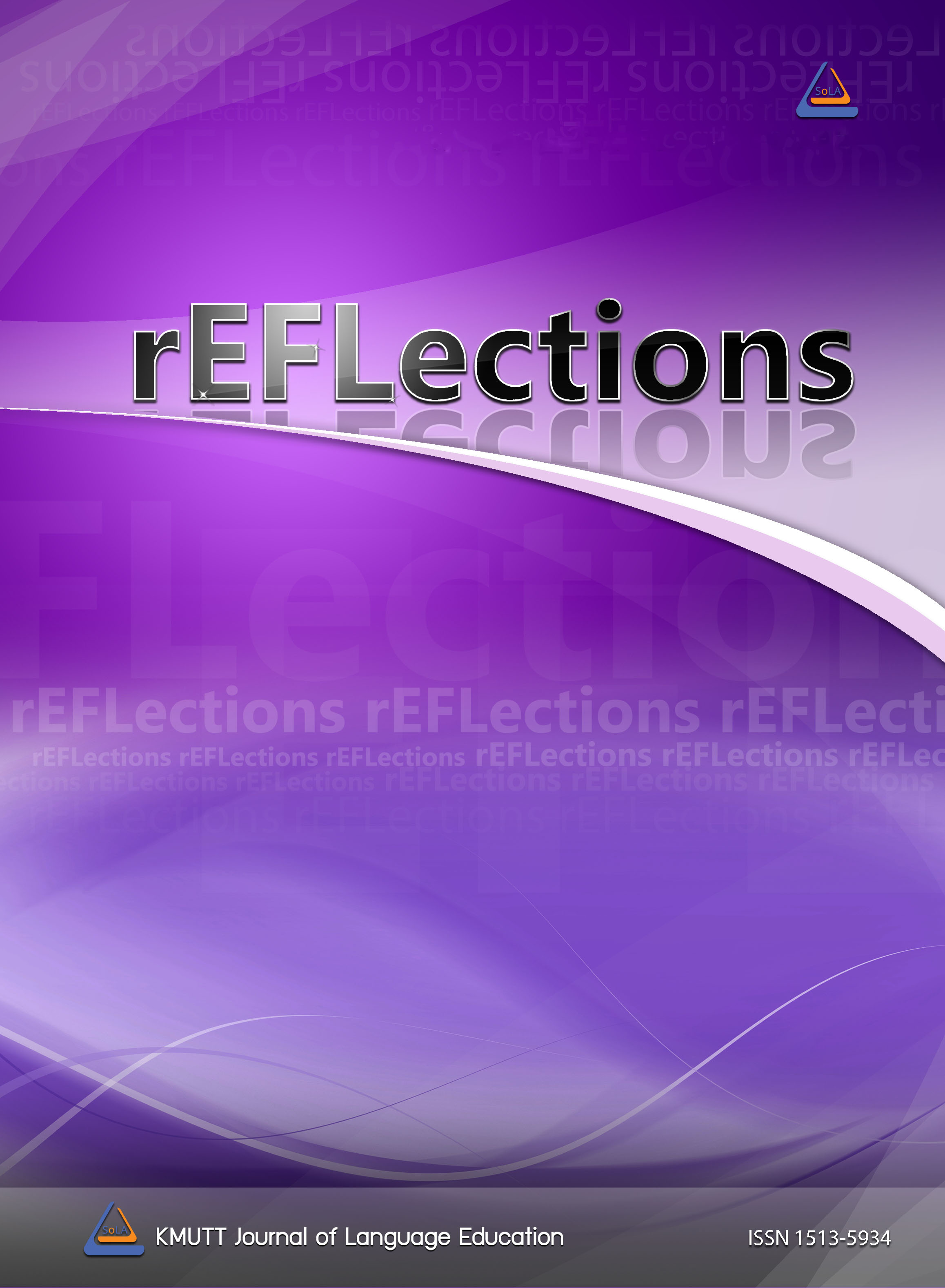Lexical Coverage Required for Minimal and Optimal Levels of Reading Comprehension in the English Tests of the Higher Education Institutions Examination
Main Article Content
Abstract
The current research investigates the lexical coverage of reading passages required for achieving the minimal and optimal levels of reading comprehension in a foreign language. More specifically, the aim of the study is to identify the word frequency bands within the reading passages in the English tests of The Higher Education Institutions Examination that surpass the 95% and 98% lexical coverage thresholds needed for minimal and optimal reading comprehension. Fifty reading passages in the exams held in the last decade (2012-2021) were analyzed in the Compleat Web VP system to determine their lexical coverage. The results indicate that when the reading passages are analyzed separately, the vocabulary needed for minimal reading comprehension varies between 2,000 and 18,000 word families. Similarly, the vocabulary required to achieve an optimal level of reading comprehension ranges from 3,000 to 18,000 word families. In addition, upon analyzing reading passages grouped by year, it becomes evident that the word families necessary for achieving minimal and optimal levels of reading comprehension are found in the 4K and 8K word frequency bands, respectively. These findings suggest that when developing a curriculum for the entire high school period, emphasis should be placed on teaching the most frequent 8,000 word families to avoid inconsistency between taught and tested vocabulary. Furthermore, given the substantial number of word families to be addressed, it is important to establish opportunities for both intentional and incidental vocabulary teaching methods. Moreover, it is essential to acquaint learners with vocabulary learning strategies that enable them to acquire vocabulary indirectly.
Article Details

This work is licensed under a Creative Commons Attribution-NonCommercial-NoDerivatives 4.0 International License.
References
Adolphs, S., & Schmitt, N. (2003). Lexical coverage of spoken discourse. Applied Linguistics, 24(4), 425–438. https://doi.org/10.1093/applin/24.4.425
Cobb, T. Compleat Web VP (v.2.5). https://www.lextutor.ca/vp/comp/
Coxhead, A. (2000). A new academic word list. TESOL Quarterly, 34, 213-238. https://doi.org/10.2307/3587951
Dang, T. N. Y., & Webb, S. (2014). The lexical profile of academic spoken English. English for Specific Purposes, 33, 66-76. https://doi.org/10.1016/j.esp.2013.08.001
Hu, M., & Nation, I. S. P. (2000). Unknown vocabulary density and reading comprehension. Reading in a Foreign Language, 13, 403−430.
Jin, T., Li, Y., & Li, B. (2016). Vocabulary coverage of reading tests: Gaps between teaching and testing. TESOL Quarterly, 50(4), 955–964. http://www.jstor.org/stable/44984727
Laufer, B. (1989). What percentage of text lexis is essential for comprehension? In C. Lauren & M. Nordman (Eds.), Special language: From humans thinking to thinking machines (pp. 316–323). Multilingual Matters.
Laufer B. (1992). How much lexis is necessary for reading comprehension?. In P. J. L. Arnaud & H. Béjoint (Eds.), Vocabulary and applied linguistics. Palgrave Macmillan. https://doi.org/10.1007/978-1-349-12396-4_12
Laufer, B. (2013). Lexical thresholds for reading comprehension: What they are and how they can be used for teaching purposes. TESOL Quarterly, 47(4), 867-872. http://dx.doi.org/10.1002/tesq.140
Laufer, B., & Nation, P. (1995). Vocabulary size and use: Lexical richness in L2 written production. Applied Linguistics, 16(3), 307-322.
Laufer, B., & Ravenhorst-Kalovski, G. C. (2010). Lexical threshold revisited: Lexical text coverage, learners’ vocabulary size and reading comprehension. Reading in a Foreign Language, 22, 15-30.
Nation, I. S. P. (2006). How large a vocabulary is needed for reading and listening? The Canadian Modern Language Review, 63, 59–82.
Nation, I. S. P. (2013). Learning vocabulary in another language (2nd ed). Cambridge University Press. https://doi.org/10.1017/CBO9781139858656
Qian, D. D. (2002). Investigating the relationship between vocabulary knowledge and academic reading performance: An assessment perspective. Language Learning, 52, 513–536.
Schmitt, N., Schmitt, D., & Clapham, C. (2001). Developing and exploring the behavior of two new versions of the Vocabulary Levels Test. Language Testing, 18(1), 55–88.
Schmitt, N., Jiang, X., & Grabe, W. (2011). The percentage of words known in a text and reading comprehension. The Modern Language Journal, 95, 26-43. https://doi.org/10.1111/j.1540-4781.2011.01146.x
Schonell, F. J., Meddleton, I. G., & Shaw, B. A. (1956). A study of the oral vocabulary of adults. University of Queensland Press.
Tegge, F. (2017). The lexical coverage of popular songs in English language teaching. System, 67, 87-98.
Unaldi, İ., & Bardakci, M. (2014). Vocabulary profiles of English language proficiency exams in Turkey: The case of ÜDS. Turkish Studies, 9(3), 1523-1534.
Webb, S., & Paribakht, T. (2015). What is the relationship between the lexical profile of test items and performance on a standardized English proficiency test. English for Specific Purposes, 38, 34-43. https://doi.org/10.1016/j.esp.2014.11.001


